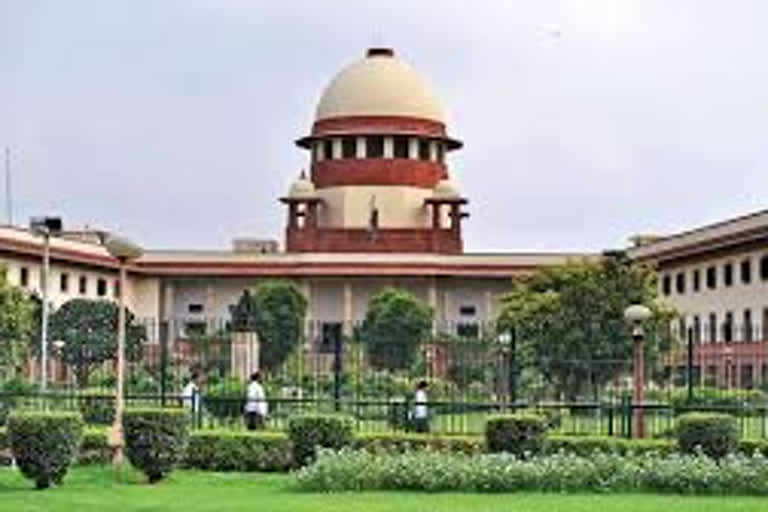New Delhi: A study conducted by Indian Council of Medical Research (ICMR) has revealed that a significant percentage of asymptomatic infection in children has epidemiological implication as these may act as links of transmission chain in the community.
It is possible to manage the children with mild disease at home, with strict infection prevention control measures; severely affected require respiratory support and intensive care management, the ICMR said.
While reviewing clinical features, diagnosis, epidemiology, management and prevention of coronavirus disease in children, the study found specific characteristics in children and their implications in disease management as well as transmission control.
Besides respiratory symptoms, gastrointestinal and atypical features such as chilblains, neurological symptoms and multisystem inflammation are also reported among children.
“Younger infants and those with comorbidity were found to be at risk of severe illness. Infected pregnant women and neonates were reported to have good prognosis,” the study found.
The ICMR said that there is a need for systematic data on extra-pulmonary manifestations and atypical features, risk factors of severity, role of imaging and biomarkers, testing and management strategies and trials with antivirals and immunomodulatory drugs in children.
“The psychosocial effects of quarantine, closure of schools, lack of play activities and impact of lockdown need to be addressed. Understanding the biological basis for the profound age-dependent differential outcome of COVID-19 infection is important. Elucidating the protective mechanisms in children may aid in developing novel treatment strategies,” the ICMR has said.
The global data showed that the proportion of children among the total number of COVID-19-affected patients was small and most children developed mild illness.
Also read: US slaps sanctions on Chinese nationals, firms over South China Sea militarisation
Among the affected children, a spectrum of manifestations was seen with varying grades of severity (asymptomatic, mild, moderate, severe, critical illness) and a few deaths were also noted. Majority of the children develop only a mild illness, and present predominantly with fever and dry cough. Upper respiratory symptoms such as cold, nasal congestion and sore throat are less frequent. Severe cases manifest as dyspnoea and may rapidly worsen and develop acute respiratory distress syndrome (ARDS), shock, multi-organ failure and coagulopathy. GI symptoms such as nausea, vomiting and loose stools are also reported in some affected children.
“There are no separate criteria for definition of Covid case among children as of now but may be adapted from that of adults and modified as data emerge and as we come to know more about the disease in children,” the ICMR said.
Case definition criteria may require modification when community spread occurs, atypical or novel clinical presentations are noted, and when validated, rapid test or serological diagnostic assays or imaging tools are used.
Diagnosis of infection in children was based on the clinical manifestations and history of exposure. If a child was exposed to a COVID-19 patient or lived in an epidemic area or community where COVID-19 cases were reported within the past two weeks, the child was defined as having high, medium or low-risk, respectively, based on the possibility of getting infected, ICMR said.
Also read: Threat to my life and family, claims Rhea Chakraborty asks for police protection
As per health ministry statistics, India has reported a very less casualty for people below 17 years of age. Such casualty reported one percent. The maximum casualty of 51 percent people falls in the age group of 60 years and above. 36 percent of people died in the age group of 45-60, 11 percent of people who died fall in the age group of 26 to 44 and remaining one percent fall in the age group of 18-25 years.



